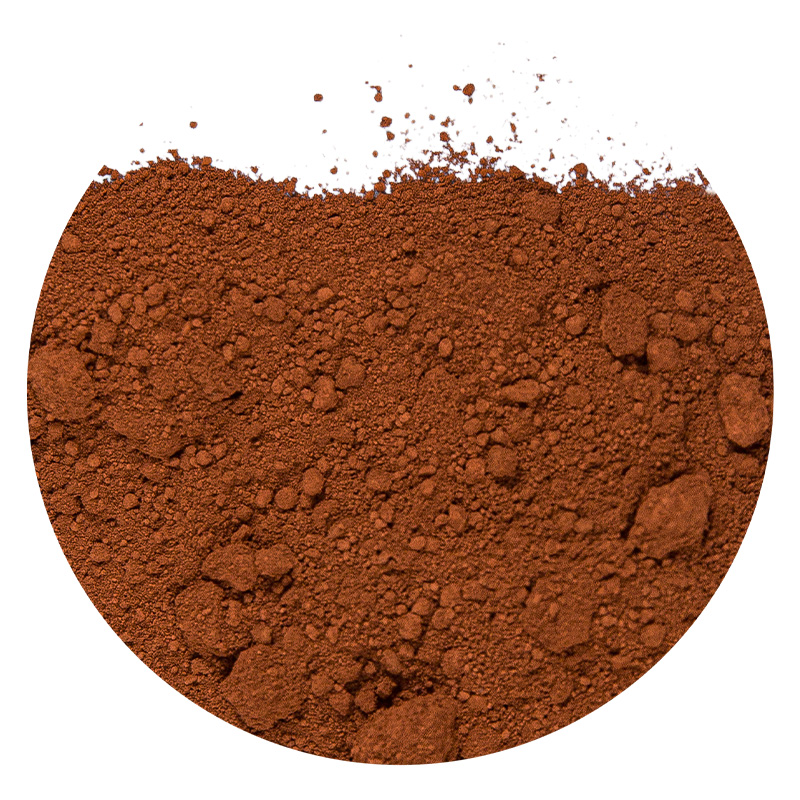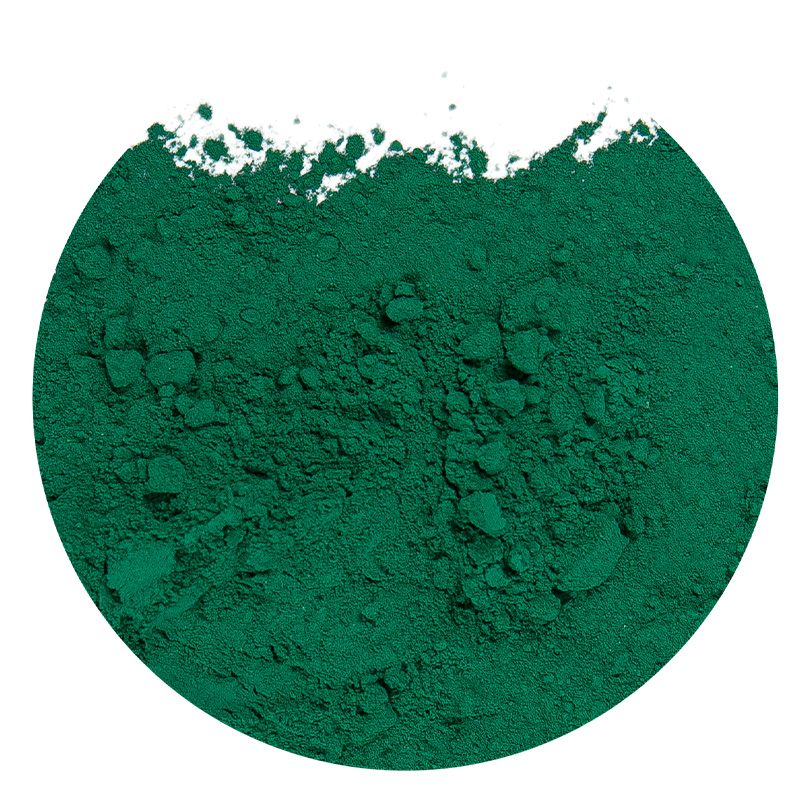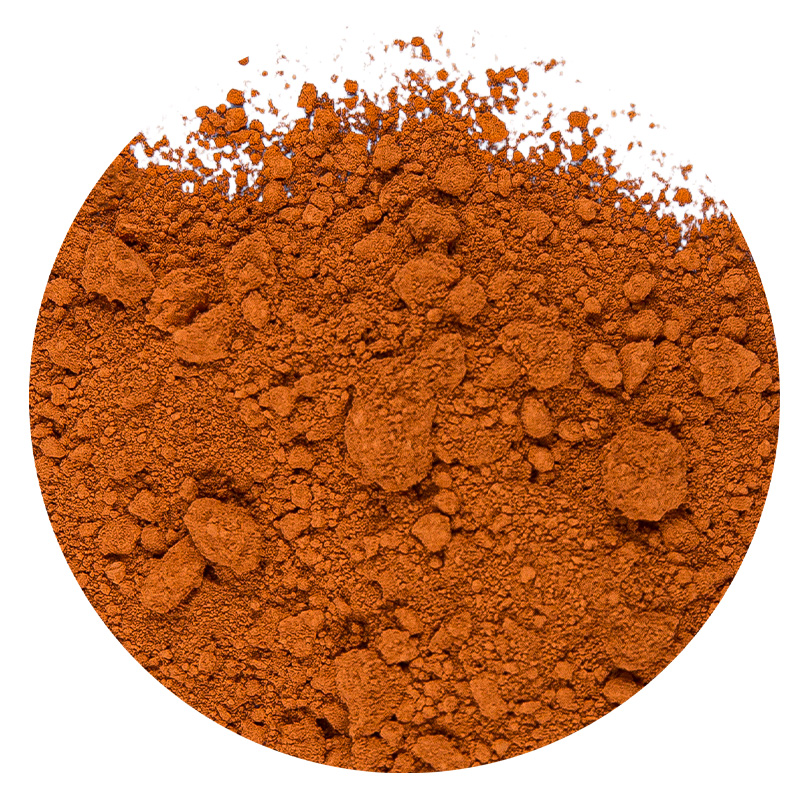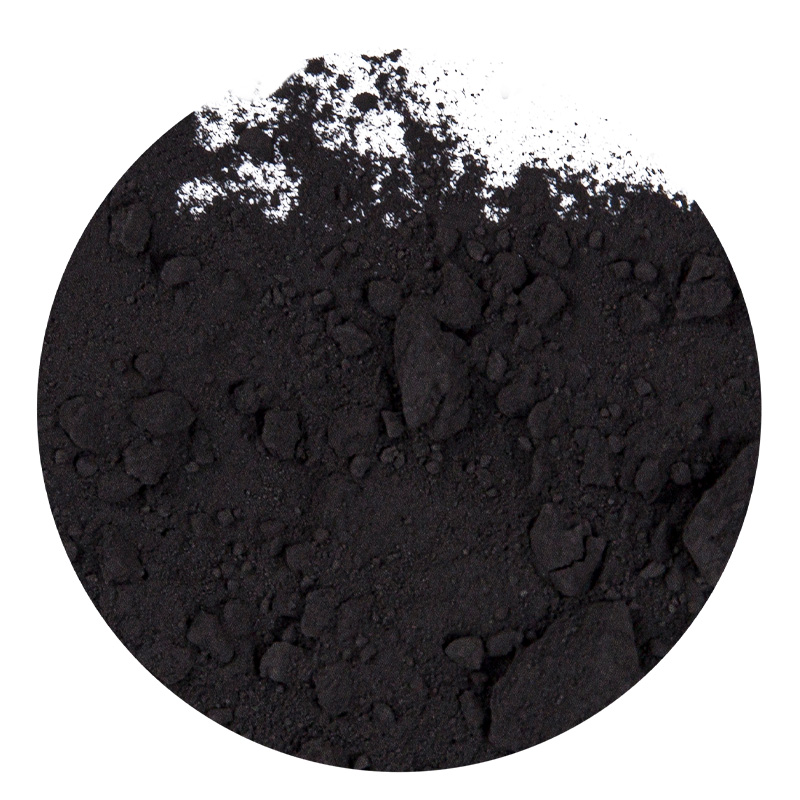Iron Oxide Yellow: Full Analysis of Characteristics and Applications
Also Discussing the Comparison and Cooperative Application of Iron Oxide Black and Iron Oxide Brown
Iron oxide pigments are widely used in construction, coatings, plastics, ceramics and other fields due to their excellent stability, non-toxicity and rich colors.
1. Iron Oxide Yellow
Characteristics
Chemical formula: FeO(OH) or Fe₂O₃·H₂O
Hue: bright yellow to orange-yellow
Heat resistance: about 180°C (may turn red at high temperatures)
Light resistance: excellent, no fading
pH value: neutral (6-8)
Oil absorption: 25-35g/100g
Application areas
Building materials: colored concrete, bricks and tiles, road markings.
Coatings: outdoor anti-corrosion paint, artistic pigments.
Plastics and rubber: colorants, especially suitable for PVC products.
2. Parameter comparison: three major iron oxide pigments
| Parameter | Iron Oxide Yellow | Iron Oxide Black (Fe₃O₄) | Iron Oxide Brown (Mixed Phase) |
|---|---|---|---|
| Chemical Composition | FeO(OH) | Fe₃O₄ | Fe₂O₃ + MnO₂, etc. |
| Color Hue | Bright yellow | Deep black | Red-brown to dark brown |
| Heat Resistance (°C) | ~180 | ~200 | ~250 |
| Weather Resistance | Excellent | Excellent | Excellent |
| Oil Absorption (g/100g) | 25-35 | 15-25 | 20-30 |
3. Collaborative application scenarios
Color scheme:
Yellow + Black: can be mixed with olive green or dark yellow.
Yellow + Brown: produces earthy yellow or ochre, often used in antique paint.
Industrial case:
Floor paint: a natural stone effect is achieved by mixing the three.
Ceramic glaze: Brown provides the base color, and Yellow enhances the layering.
4. How to choose?
Require bright tones: Iron Oxide Yellow is preferred.
Require high temperature resistance: Iron Oxide Brown is more suitable.
Low-cost dark scheme: Iron Oxide Black has strong hiding power and small dosage.

 English
English عربى
عربى русский
русский Español
Español









